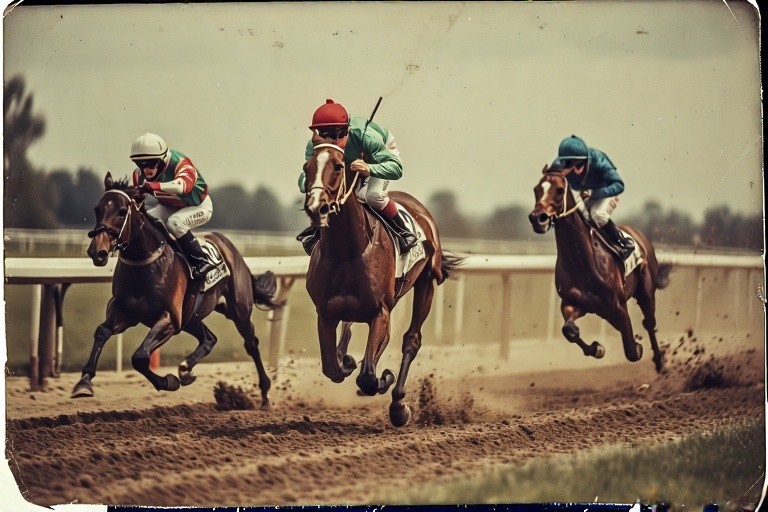This blog is the next in a series of my experiences as a corona warrior. There were so many stories to write about, I had a hard time choosing. This narrative attempts to capture the essence of how our volunteer group led, responded, and adapted to unpredictable situations. I interviewed a few volunteers to capture details that highlight our collective experiences.
The Situation was changing every day during the first few weeks of lockdown. Communication from decision makers arrived several times a day. Understanding messages and conveying them to volunteers was key to coordinating activities and effective ground response.
The purpose was clear to both officials and volunteers. It read “to reduce outdoor movement, address citizen needs quickly, understand and support official efforts and ensure no one goes hungry.”
How was the effort coordinated and managed?
There were 5 major areas identified. (1) Patrolling & Social Distancing awareness (2) Food & Ration distribution (3) Medical emergency & elder assistance (4) Containment zone operations & (5) Counselling labourers, which came up once interstate train travel was approved.
Our mode of communication was via phone, WhatsApp groups and in-person sync ups at designated meeting points. Our WhatsApp groups had one official each from police and civic departments. Phone numbers of key officials were available with us at all times. Volunteers were added to WhatsApp groups of their volunteer choice, as they showed up.
How were leaders chosen, appointed, or nominated and how did the team work together? Were there any norms?
The first volunteer SPOC (Single Point of Contact) was an experienced volunteer who had worked in disaster situations previously. He immediately started coordinating communication between officials and volunteers. He understood the flow of directives and communiques and sought clarity of these messages with the help of police & other civic officials. His name was announced as SPOC of our volunteer jurisdiction. He soon established quick processes to begin action. Other volunteers followed suit to pitch in as SPOC’s or group leaders for each of the 5 areas mentioned above, to create a flow between requests and volunteer activities . Each group leader anchored one area.
Rules of engagement were crafted as we learned. Here are some –
- No one is a “leader” and there are no hierarchies. SPOC’s became the central point when collating and coordinating requests and response between volunteers, officials and needs of citizens.
- Entrust and empowered volunteers meant there was no need to inform or take permission once work to be done is identified. Raise your hand and get going.
- Respect each volunteers time, there are no forced number of volunteer hours.
- Safety comes first, take necessary precautions to keep yourself safe and follow hygiene protocols once you go home.
- Each volunteer could opt in for duty of their choice as first choice. No forced task assignments
- If anyone had an issue, inform the group SPOC immediately. All issues were openly discussed, options solicited, decisions made collectively without bias or judgement.
- If any volunteer takes a call on the ground, respect the call and support the individual or team.
- Its OK to make a mistake. This was the first time for many of us in such a situation and there were several instances where we had to take quick decisions and act. Instances include dealing with angry citizens or mis-understanding in govt communication. Report, discuss and learn from the event. No blaming, naming or shaming.
- Sync up with police twice a day & instant reporting by everyone on the WA group, once a request is complete or an issue happens. Report everything and don’t hesitate to escalate. Don’t worry about it being “silly” or overthink. Pick up the phone and call if you need help, sense danger or are in doubt.
How did the effort all come together? How did the team plan their work each day? For the first 3 weeks, daily planning and re-planning, sometimes thrice a day was necessary. Processes for each of the 5 areas were steadily streamlined and not without challenges. By the 4th week our group was working like a well-oiled machine.
I chose 2 of the 5 areas to illustrate how our team managed these efforts at scale. Some numbers are mentioned below to give you an idea of the size.
The task of ensuring food delivery had these challenges
- Volunteers had to physically validate food
recipients across nearly 60 sq km or 42
wards across South Bangalore as food orders were received, well beyond our
designated jurisdiction limits, to ensure food reached the right people.
Distribution of food was from a single point from a wedding hall specially
marked for this purpose.
- Coordinating and working with Labour Department, Labour Union and the cooked food Helpline proved tough initially, with people insisting on first delivery to their unions.
- Building up a network of SPOC’s and coordinating across other jurisdictions to ensure timely delivery and localize distribution.
- Streamlining orders and setting up a coupon system to ensuring timely unloading, collection and delivery of food twice a day.
Please view this video of how it all came together https://youtu.be/xmrVkS5t18w
With approximately 3,76,975 meals delivered over 41 days to about 300000 people, one of the goals was met. We covered about 85% of needy people were covered.
While managing patrolling and creating social distancing awareness, the area covered was approximately 18 sq km and 500,000 people. Some challenges included –
- Panic buying resulting in crowds at essential supply shops
- Fake news creating a lot more FUD (fear, uncertainty and doubt) in people’s minds
- Large number of citizens roaming the streets without reason
- Initial scepticism and trust deficit between police & volunteers
- Dealing with some instances of aggressive & rowdy citizen behaviour
- Handling our emotions, keeping a firm tone of voice and exercising patience while asking people to stand apart in shops or when checking vehicles. Maintaining social distancing was particularly challenging in densely populated areas like slums
- Worried citizens trying to reach hospitals, dealing with the loss of a loved one or responding to needs of single relatives and sometimes friends
There were many more and almost all volunteers were dealing with these situations for the first time in their lives. To address a few, police and volunteers charted out some processes that –
- Created 24 beat routes in our jurisdiction, deemed as OK for volunteers with shadow police patrols activated by volunteers in case crowd management went out of hand during patrolling
- Established a vehicle checking protocol to outline an approach while talking to vehicle owners or drivers
- Avoided stepping on each other’s toes. Volunteers stood ahead while conducting vehicle checks with constables backing them up to step in and handle instances like missing or forged vehicle passes, vehicles by-passing check points, physical aggression and argumentative behaviour.
There were several unexpected situations despite these guard rails, and yet in about 3 weeks, citizens began to recognize volunteer efforts and called them out for good work being done. Patrolling alongside police proved beneficial in terms of
- Giving some relief to police who were working in 12-hr shifts
- Optimal deployment of police so they could focus on managing other critical needs such as monitoring containment zones.
- Effective co-management of 18 sq km area with 500,000+ population to reduce unnecessary people movement
- Working alongside police motivated them as they saw ordinary citizens in action with them.
- Heightened understanding and empathy of the role & challenges of police by volunteers.
- Trust, confidence, and great camaraderie established between volunteers and police. We swapped many stories on the job that will remain with us forever.

Pic: A sync-up meeting, held at a vehicle check point.
Some takeaways
- It’s easy to misjudge how people react in a crisis. The fear of scarcity was evident only for a noticeably short time. People came together to continuously re-assure citizens of food availabililty.
- An example of agility and adaptability at scale. This experience proves that no matter what the size and enormity of the situation, you only need the will and courage to do what is necessary. The rest falls in line along the way.
- At times of crisis, teams are completely autonomous and self-organizing. Everyone has each other’s backs. Things get done. Plan only as much as is necessary, learn and adapt as you go along.
- Actions, however small matter. Even 1 hour of a volunteers’ time can help deliver 100 food packets or keep at least 20 people off the road.
- When you keep focus on the purpose, mistakes only make for great learning.
- Biggest awareness comes through action and not words. I borrow these words from Afroz Shah, who led the world’s largest beach cleaning exercise. Each one of us had our fair share of misconception and trust deficit with authorities. I am sure they did as well. Only after we worked together, understanding the mechanics and processes, challenges & situation on the ground, did we ourselves becomes aware of what it takes to deal with a pandemic like this
There are more such experiences with so many of us and I would invite readers to add to this list of takeaways from their stories.
None of us knew or even now know how this pandemic will pan out and when it will fade away, if at all. I do know that its brought strangers together like never before. My next blog will examine what common people went through based on what we saw and what we can continue to in the spirit of partnership to shape a sustainable and more humane future. I thank Vasundhara Krishnan and Ram Iyer who helped me put this blog together. For those who missed the first blog, please read it here.


